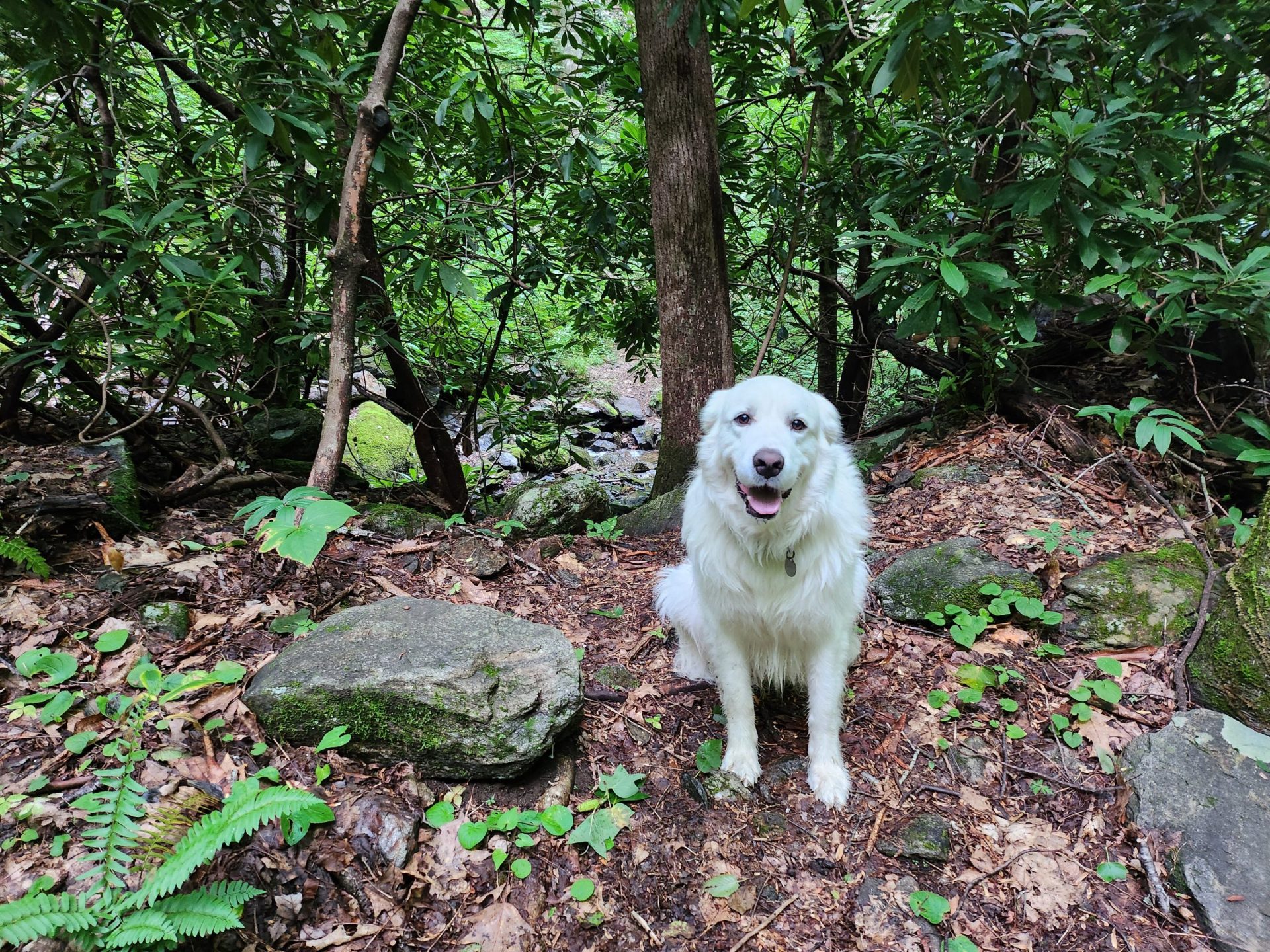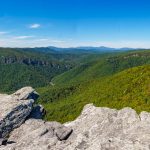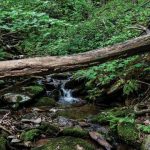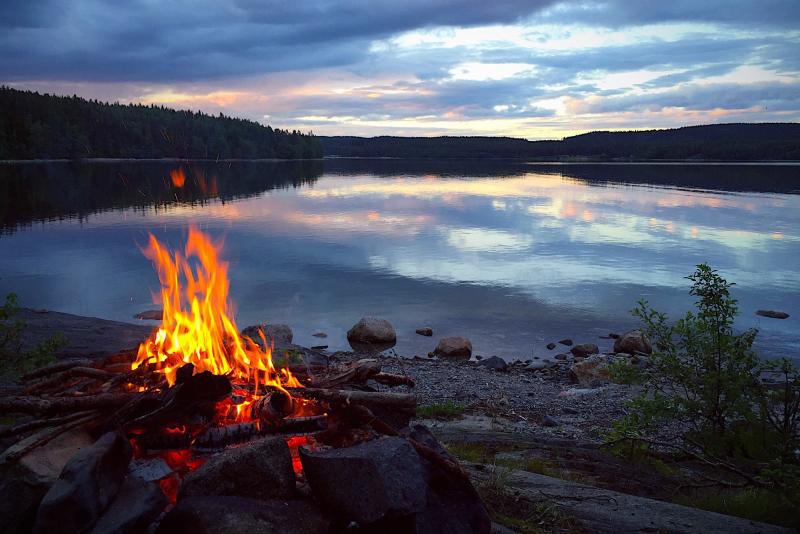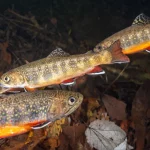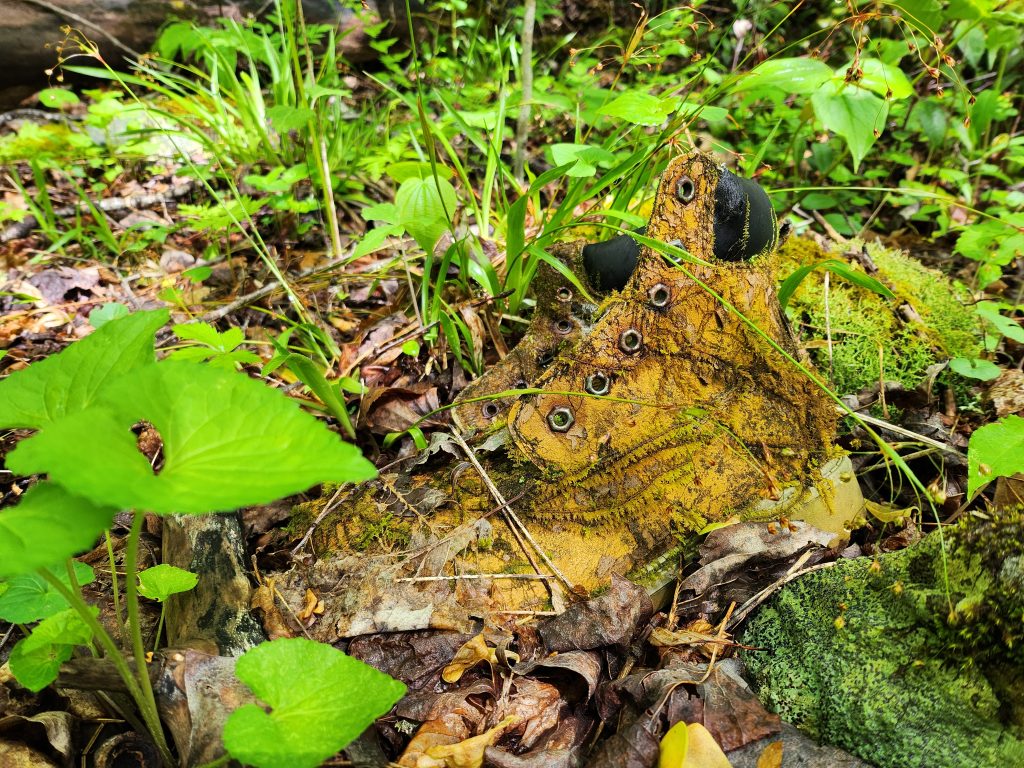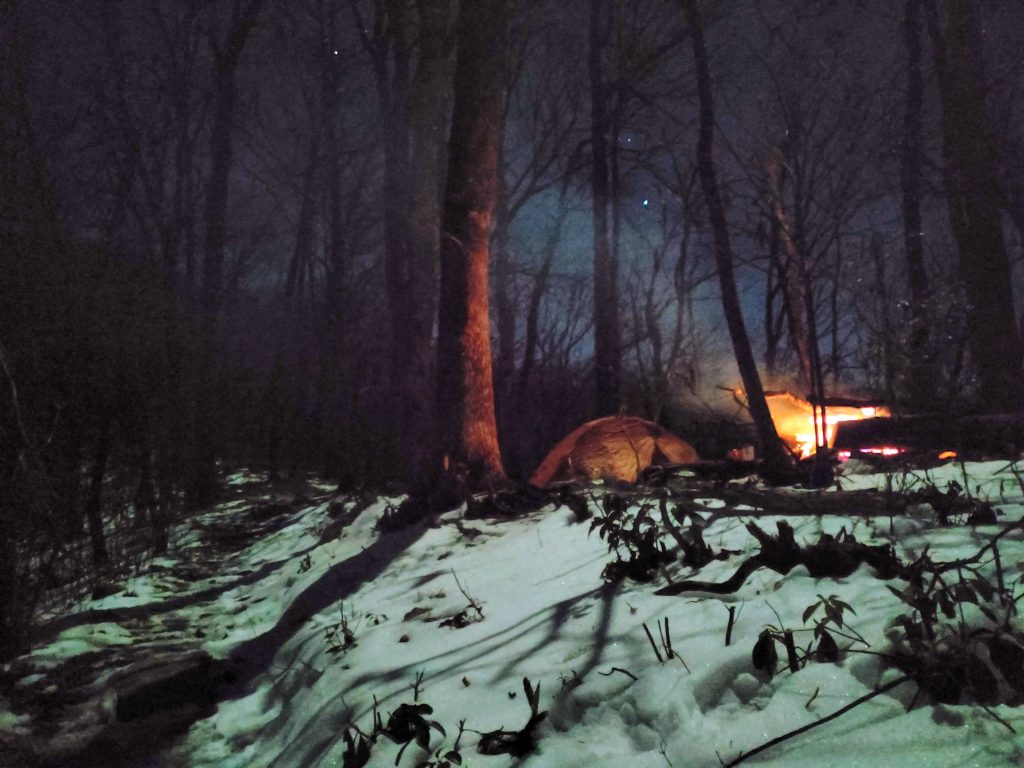Last Updated on May 13, 2023 by Andreas
Boondocking
I’m always on the lookout for ways to enjoy the great outdoors without breaking the bank. And one of the best ways to do that is by free camping! In this post, I’ll be sharing my tips and tricks for finding the best free camping spots in the US. From BLM land to National Forests, I’ve got you covered.
What is Free Camping? First things first, let’s talk about what free camping actually is. Essentially, it’s camping in a location that doesn’t require a fee or reservation. This can include places like BLM land, National Forests, National Parks, State Parks, Wildlife Management Areas, and even private land (with the owner’s permission, of course). The benefits of free camping are numerous – you get to experience nature without the crowds and noise of paid campgrounds, and you save money in the process.
How to Find Free Campsites Now that we know what free camping is, let’s talk about how to find these elusive campsites. One of the best resources for finding free campsites is the internet. There are numerous websites and apps that list free camping sites across the US, such as Freecampsites.net and Campendium. You can also try searching for free camping sites in a specific area on Google or other search engines.
Another great way to find free campsites is by talking to locals. If you’re traveling to a new area, stop by a local outdoor gear store or visitor center and ask for recommendations. You’d be surprised how many hidden gems there are that only the locals know about.
Best Free Camping Spots in the US Okay, now for the fun part – where to find the best free camping spots in the US. Here are some of my top picks:
- BLM land: There are over 245 million acres of BLM land in the US, and much of it is open for free camping. Some of my favorite spots include the Alabama Hills in California and the Big Bend BLM in Texas.
- National Forests: With over 190 million acres of National Forests in the US, you’re sure to find a free camping spot that suits your needs. Some of my favorites include the Pisgah National Forest in North Carolina and the Gifford Pinchot National Forest in Washington.
- National Parks: While not all National Parks offer free camping, some do. For example, you can camp for free in the backcountry of Yosemite National Park with a wilderness permit.
- State Parks: Many State Parks offer free camping, although it’s usually limited to primitive sites with no amenities. Still, it’s a great way to experience nature without the crowds. Some of my favorite free State Park campsites include the Talimena State Park in Oklahoma and the Lamoine State Park in Maine.
- Wildlife Management Areas: These areas are managed by state wildlife agencies and often offer free camping. Some of my favorite spots include the Apalachicola Wildlife Management Area in Florida and the Lower Hillsborough Wilderness Preserve in Florida.
Free Camping Near Me If you’re looking for free camping near you, there are a few things you can do. First, try searching for free campsites on the websites and apps I mentioned earlier. You can also check with your local BLM office or state wildlife agency to see if they offer free camping in your area. And don’t forget to ask locals for recommendations – they might know of a hidden gem right in your backyard.
Tips for Free Camping Now that you know where to find free camping spots, let’s talk about some tips for making the most of your trip.
Here are a few more tips for free camping:
- Leave no trace: When you’re free camping, there often won’t be any facilities like restrooms or garbage cans. Make sure to pack out all your trash and dispose of it properly. Also, follow the Leave No Trace principles to minimize your impact on the environment.
- Be prepared: Since free camping sites don’t usually have amenities, you’ll need to be self-sufficient. Make sure to bring plenty of water, food, and gear for your trip.
- Know the rules: Different areas have different rules when it comes to free camping. Make sure you know the regulations for the area you’re camping in, such as fire restrictions or permit requirements.
- Respect the land and wildlife: Remember that you’re a guest in nature’s home. Don’t disturb or harm any wildlife, and stay on designated trails to avoid damaging the land.
- Be mindful of safety: Free camping can be a great way to get away from it all, but it’s important to stay safe. Let someone know where you’re going and when you’ll be back, and bring a first aid kit and other safety gear.
Free camping is a fantastic way to enjoy the great outdoors without breaking the bank. With a little research and preparation, you can find some amazing campsites across the US. Remember to leave no trace, be prepared, know the rules, respect the land and wildlife, and stay safe. Happy camping!
